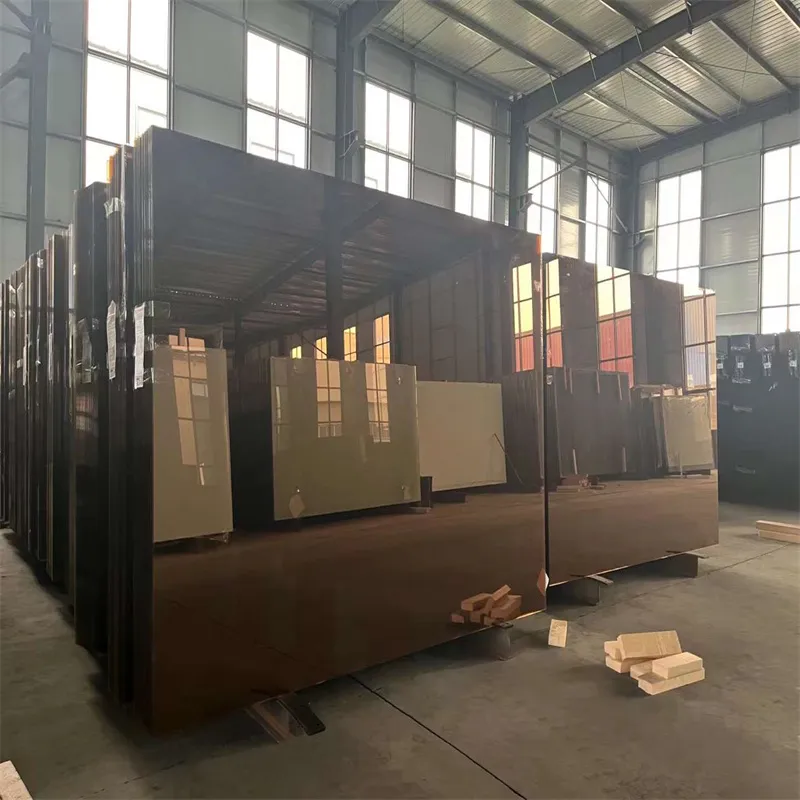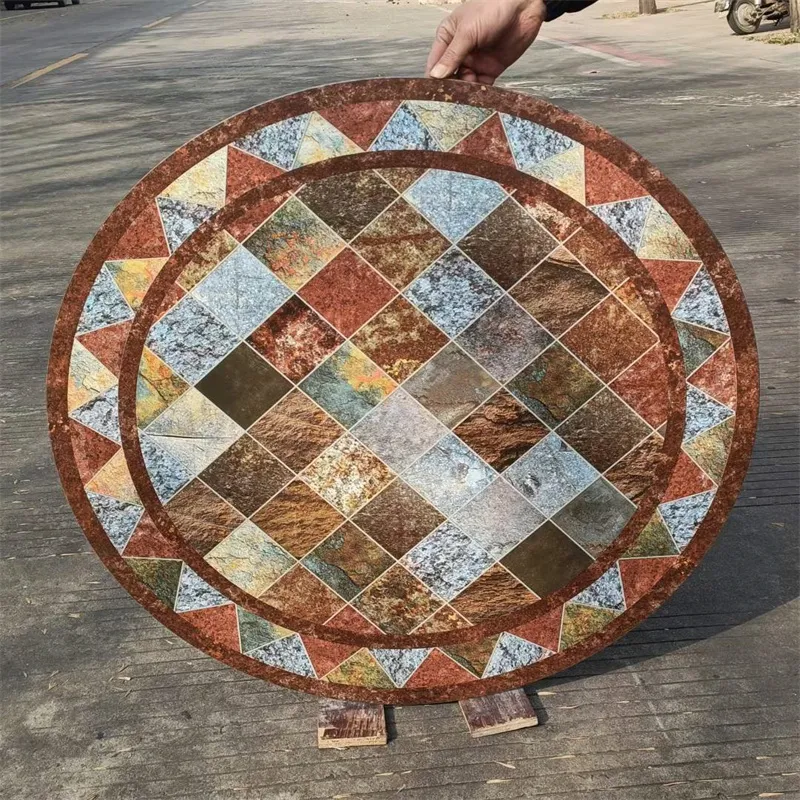Oct . 05, 2024 17:08 Back to list
sandblasting tempered glass
Sandblasting Tempered Glass A Comprehensive Guide
In recent years, the use of sandblasting techniques on tempered glass has gained significant popularity in both residential and commercial applications. Sandblasting, a method that uses abrasive materials propelled by air pressure to etch or carve into surfaces, not only enhances the aesthetic appeal of glass but also adds functionality. This article aims to explore the intricacies of sandblasting tempered glass, discussing its advantages, applications, process, and maintenance practices.
Understanding Tempered Glass
Tempered glass, known for its high strength and safety features, is manufactured through a process of extreme heating and rapid cooling. This treatment increases its durability and makes it resistant to thermal shock. When broken, tempered glass shatters into small, blunt pieces, reducing the risk of injury compared to regular glass, which can break into sharp shards. The combination of strength and safety has made tempered glass a favored choice in various architectural applications, including windows, doors, and shower enclosures.
The Sandblasting Process
Sandblasting involves propelling fine particles, commonly sand or other abrasives, onto the surface of the glass to create a frosted or decorative finish. The process can vary in technique, but generally includes the following steps
1. Preparation The glass surface must be thoroughly cleaned to remove any dust, oils, or residues. This ensures that the sandblasting process yields consistent results. 2. Masking Areas of the glass that are not intended to be sandblasted are covered with a protective mask. This could be tape, vinyl, or a specialized masking film. Proper masking is crucial for creating precise designs or patterns.
3. Sandblasting The glass is placed in a sandblasting cabinet, where compressed air is used to accelerate the abrasive particles towards the glass surface. The operator can control the pressure and the distance from which the abrasive is applied to achieve varying effects—from a light frosting to deep etching.
4. Finishing Touches After sandblasting, any remaining dust or debris is washed off, and the glass is inspected for quality. Additional processes like polishing edges may also be applied for a refined look.
Advantages of Sandblasting Tempered Glass
sandblasting tempered glass

1. Aesthetic Appeal Sandblasting allows for intricate designs, patterns, and textures to be applied to tempered glass, making it a versatile choice for decorators and architects. Customized sandblasted glass can enhance the overall design of a space, adding a unique artistic touch.
2. Privacy Frosted or etched glass provides an effective solution for maintaining privacy without sacrificing natural light. This characteristic makes sandblasted tempered glass an excellent choice for bathroom windows, office partitions, and decorative walls.
3. Branding Businesses often utilize sandblasted glass for signage and branding purposes. Logos or slogans can be elegantly etched into glass surfaces, creating a professional and sophisticated appearance.
4. Reduced Glare Sandblasting can help diffuse light, reducing glare and enhancing visibility. This makes it particularly useful in areas where direct sunlight is a concern.
Applications
The applications of sandblasted tempered glass are vast. In residential settings, it is commonly used in shower doors, balcony railings, and window panels. Commercially, it finds its place in office partitions, storefronts, and decorative displays. It is also used in artistic installations and glass furniture, showcasing its versatility and functional beauty.
Maintenance of Sandblasted Glass
Maintaining sandblasted tempered glass is relatively straightforward. Regular cleaning with a soft cloth and mild detergent can prevent buildup and keep the surface looking pristine. It is crucial to avoid abrasive cleaners or scrubbers, as they may scratch the glass or diminish the etched finish. Additionally, during cleaning, care should be taken around the sandblasted areas to preserve the design integrity.
Conclusion
Sandblasting tempered glass is an excellent way to enhance both the aesthetic and functional qualities of glass products. Its ability to provide privacy, create sophisticated designs, and reduce glare makes it a popular choice for various applications. As technology continues to advance, we can expect even more innovative uses for sandblasted tempered glass, solidifying its place in contemporary design and architecture. Whether for residential or commercial purposes, sandblasting offers a unique opportunity to blend art with utility, proving that glass is not just a transparent medium but a canvas for creativity.
-
Safety and Style with Premium Laminated Glass Solutions
NewsJun.24,2025
-
Reinvents Security with Premium Wired Glass
NewsJun.24,2025
-
Premium Float Glass Line for Modern Architecture
NewsJun.24,2025
-
Low Emissivity Glass for Energy-Efficient Architecture
NewsJun.24,2025
-
High-Performance Insulated Glass Solutions for Modern Architecture
NewsJun.24,2025
-
Elevates Interior Style with Premium Silver Mirror
NewsJun.24,2025
Related PRODUCTS














